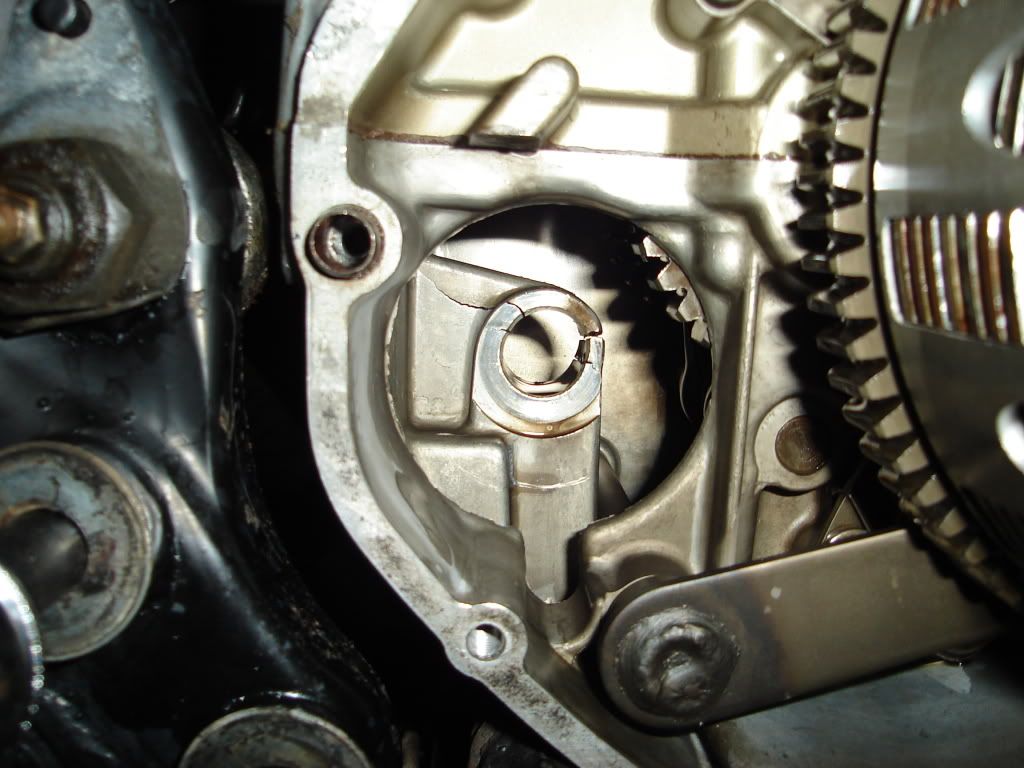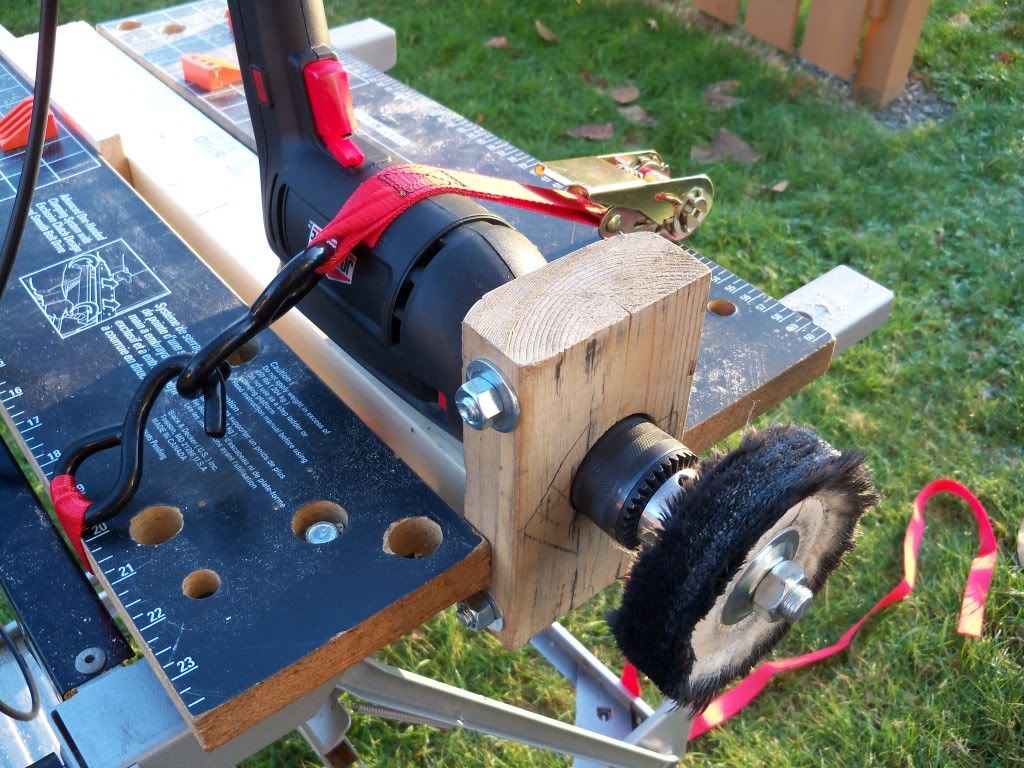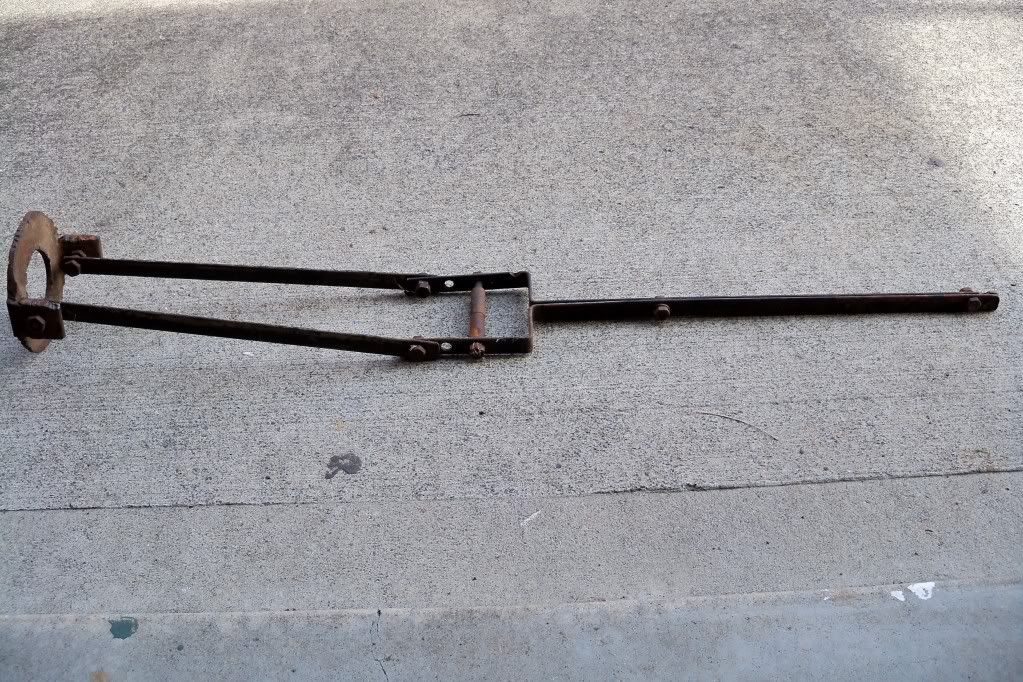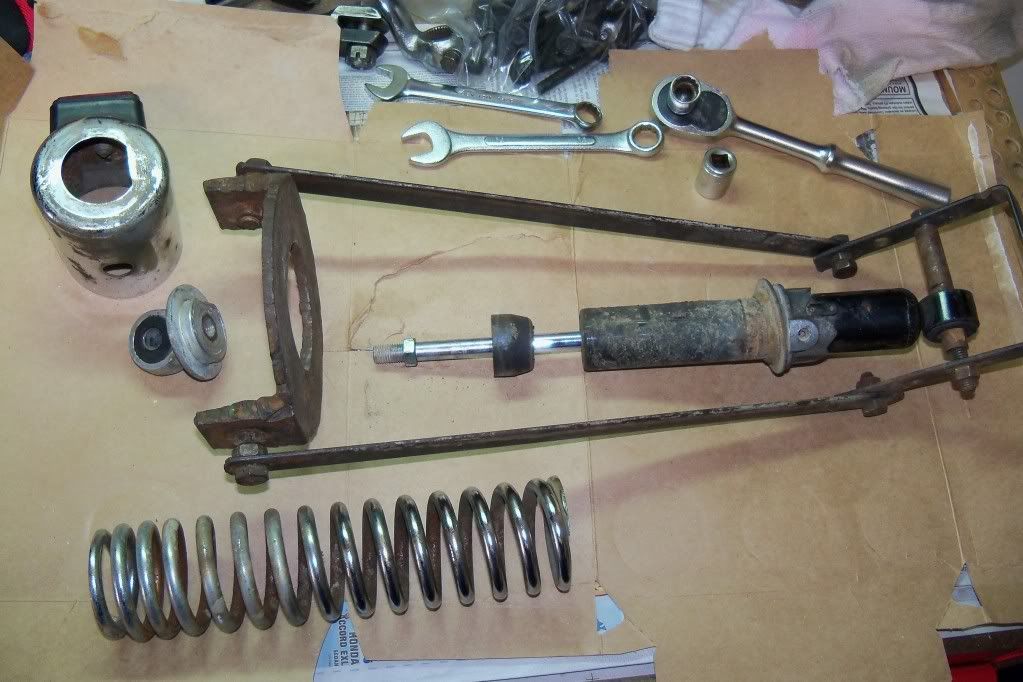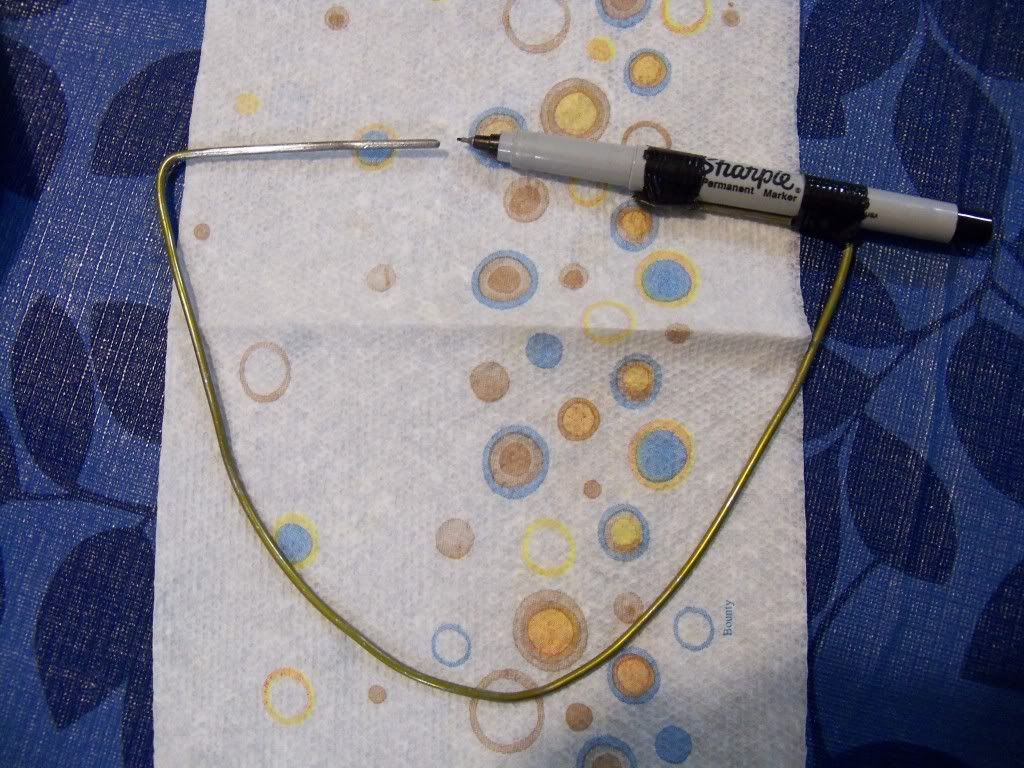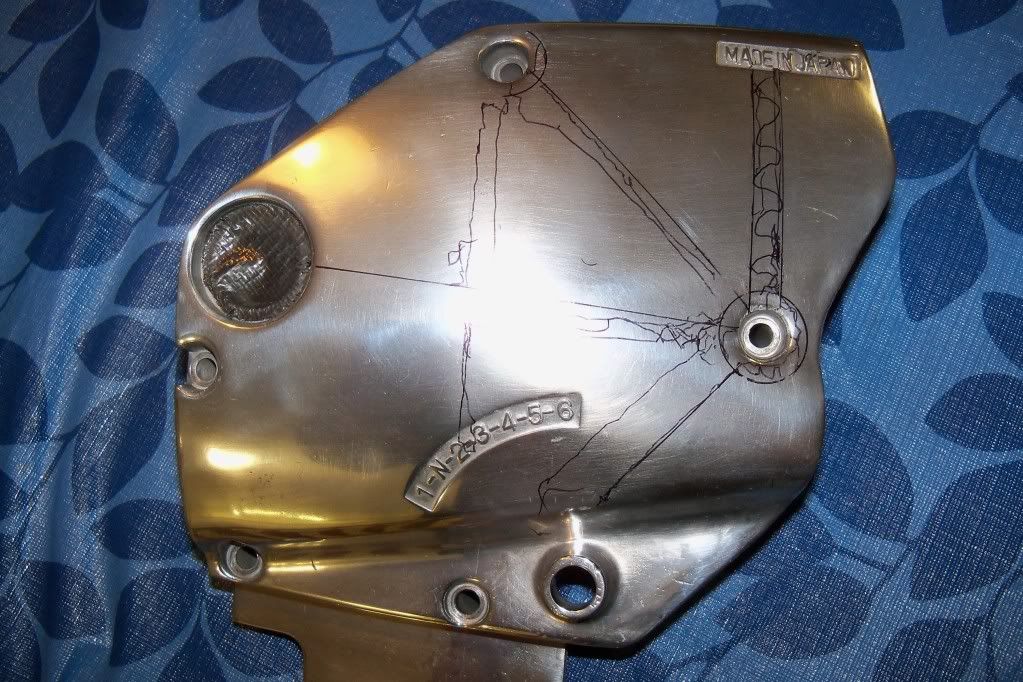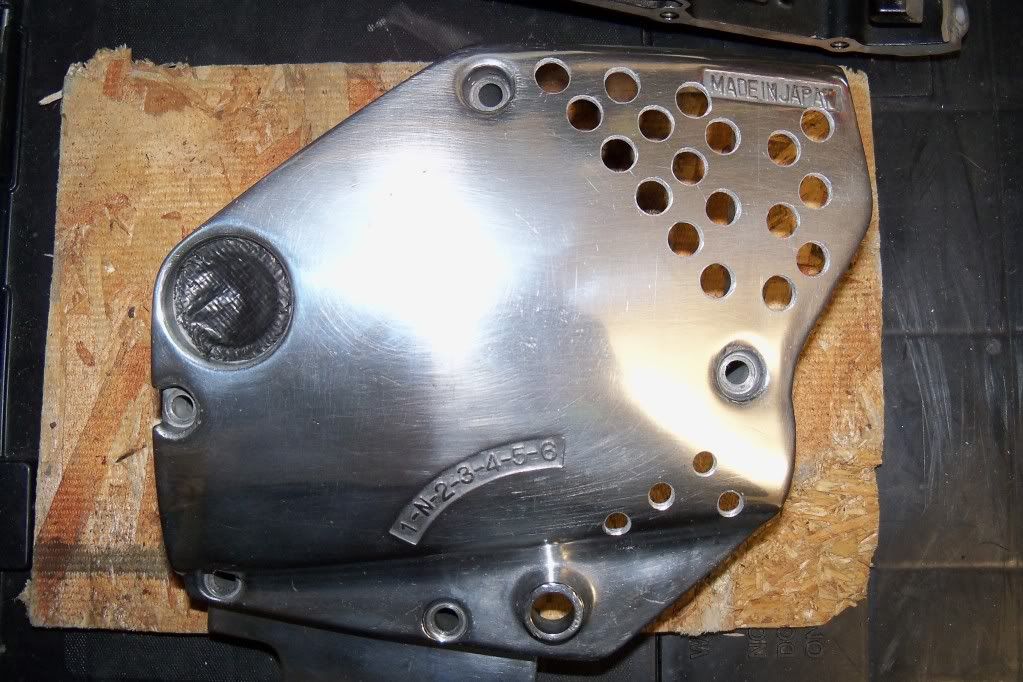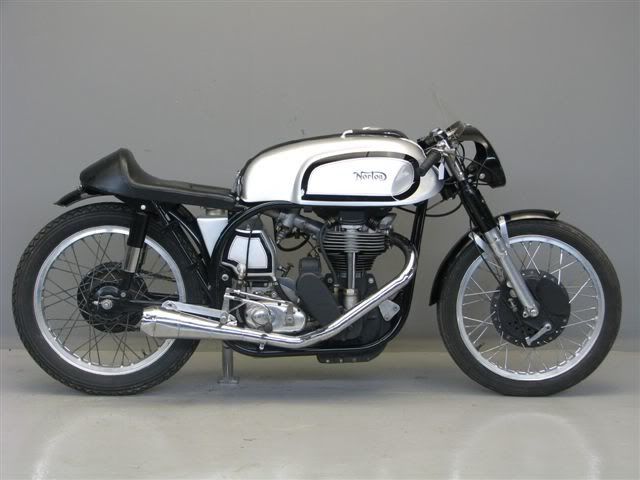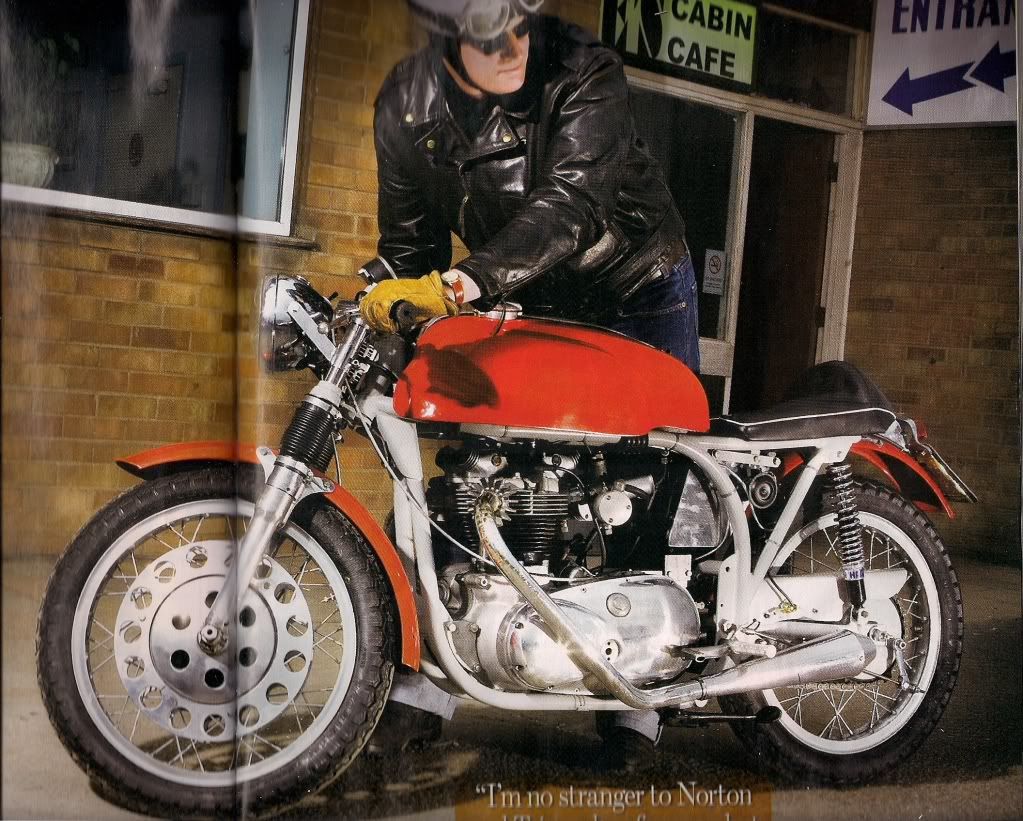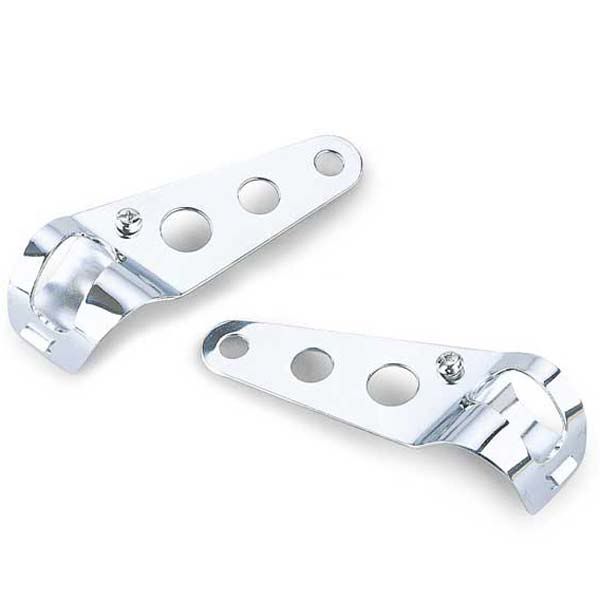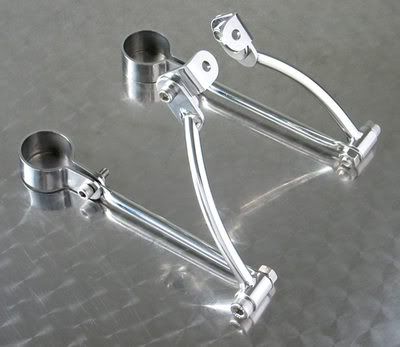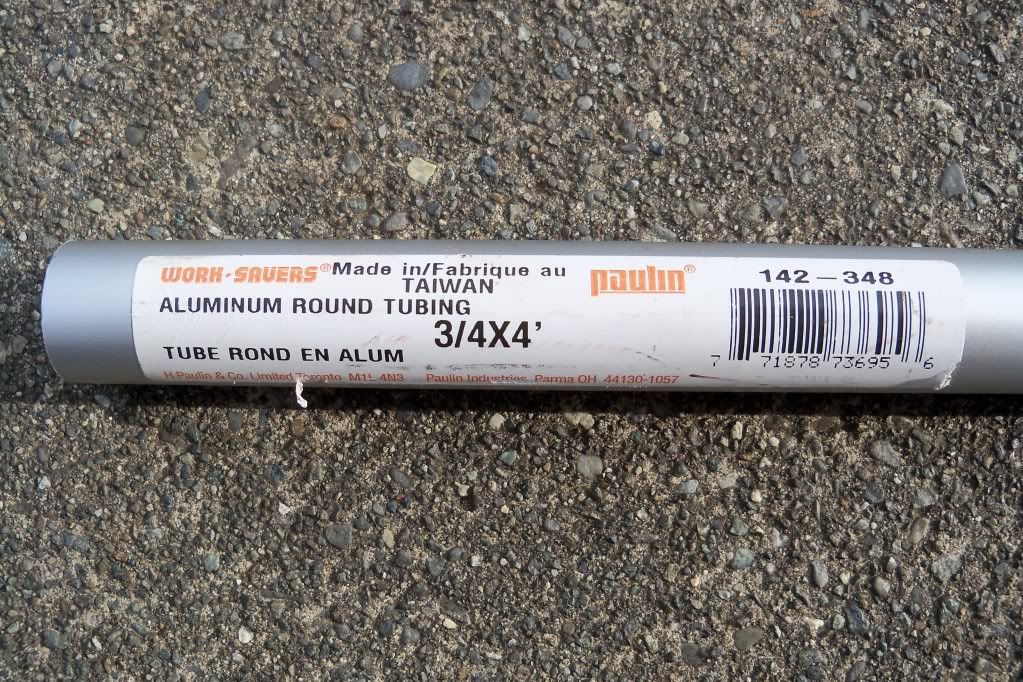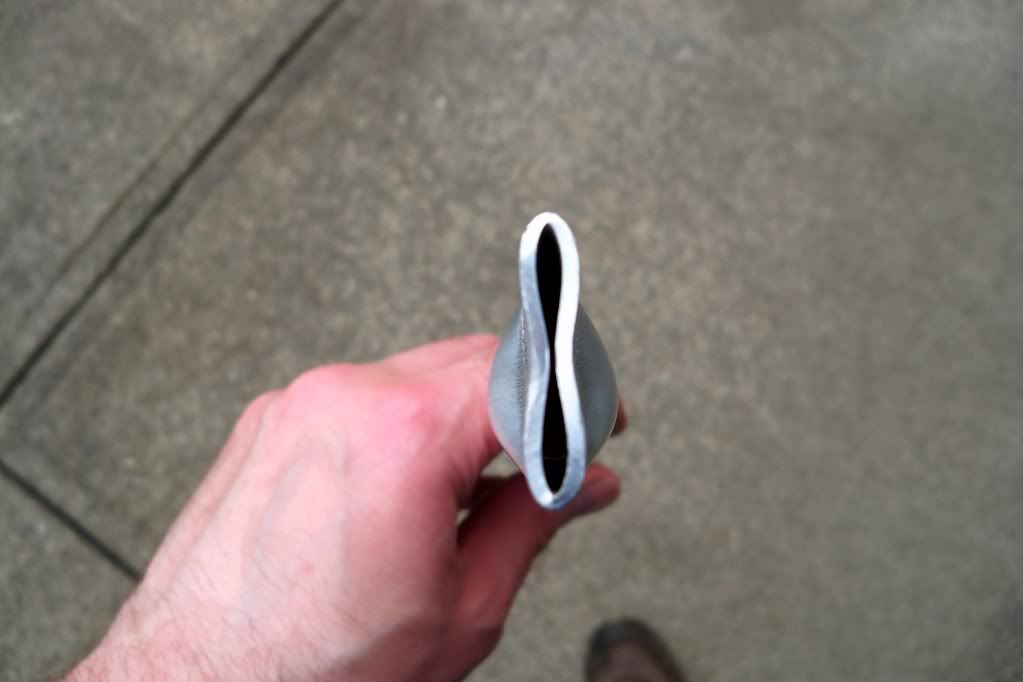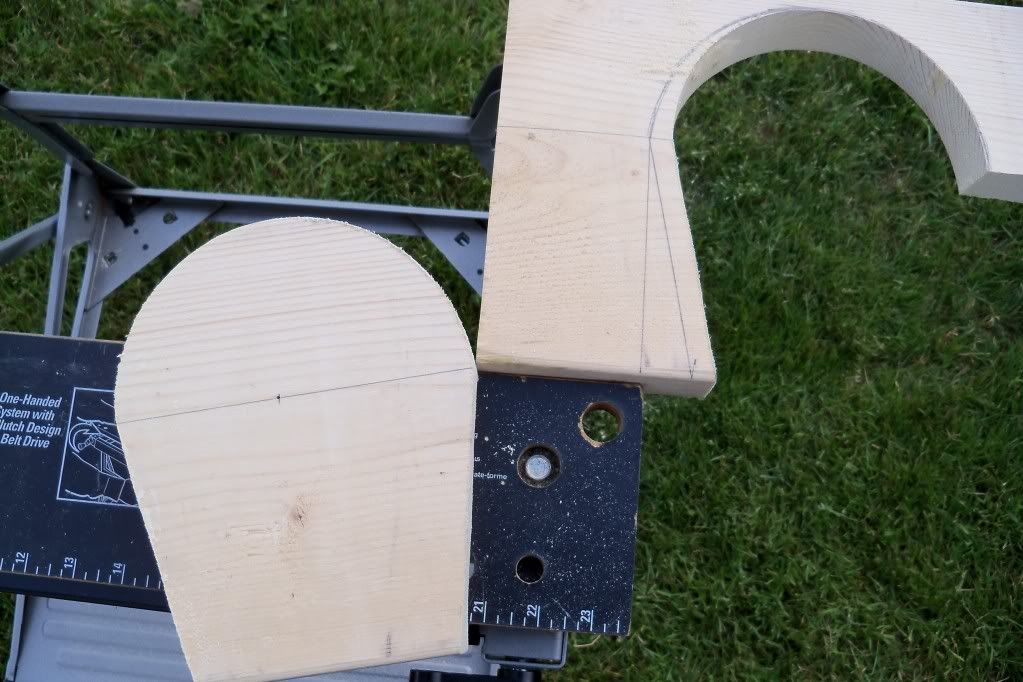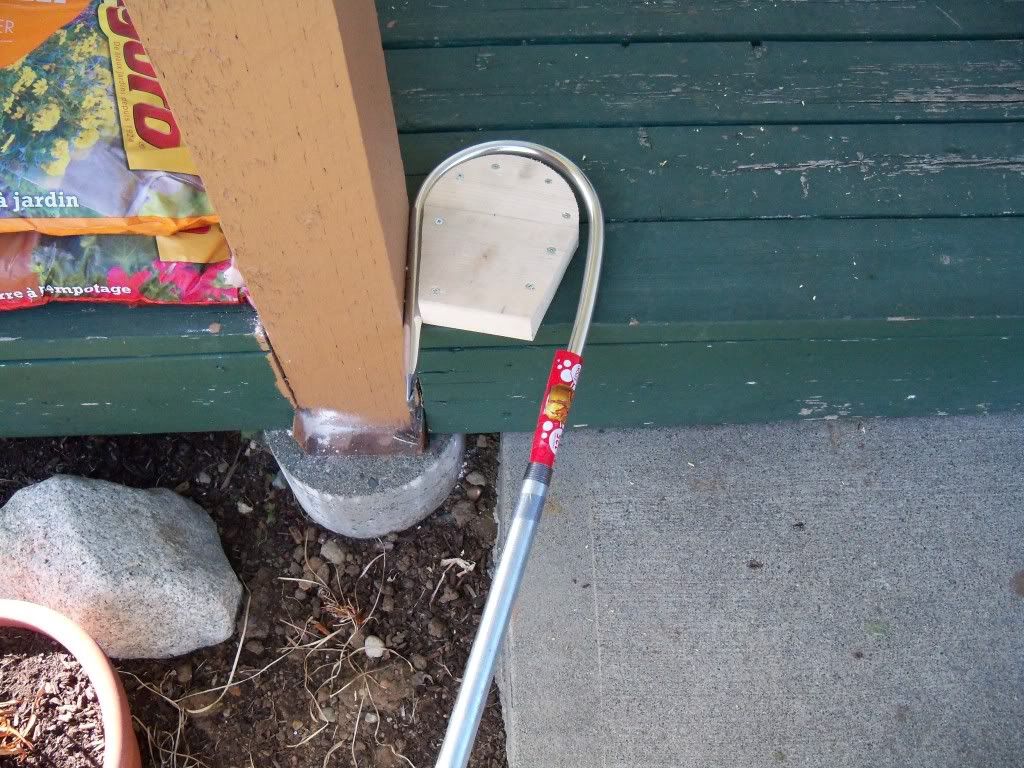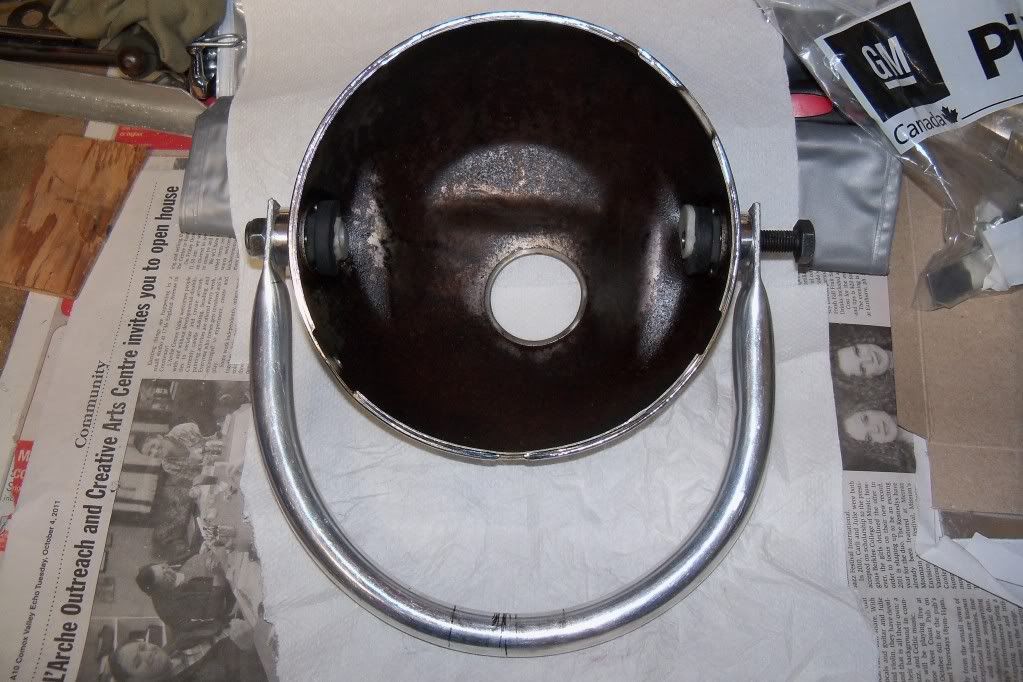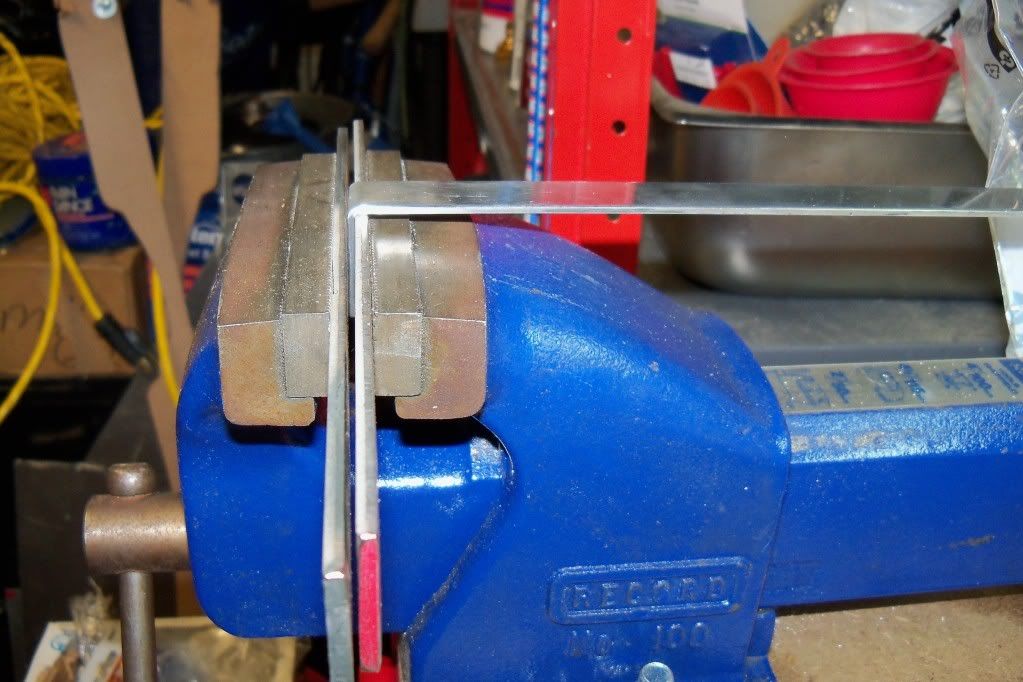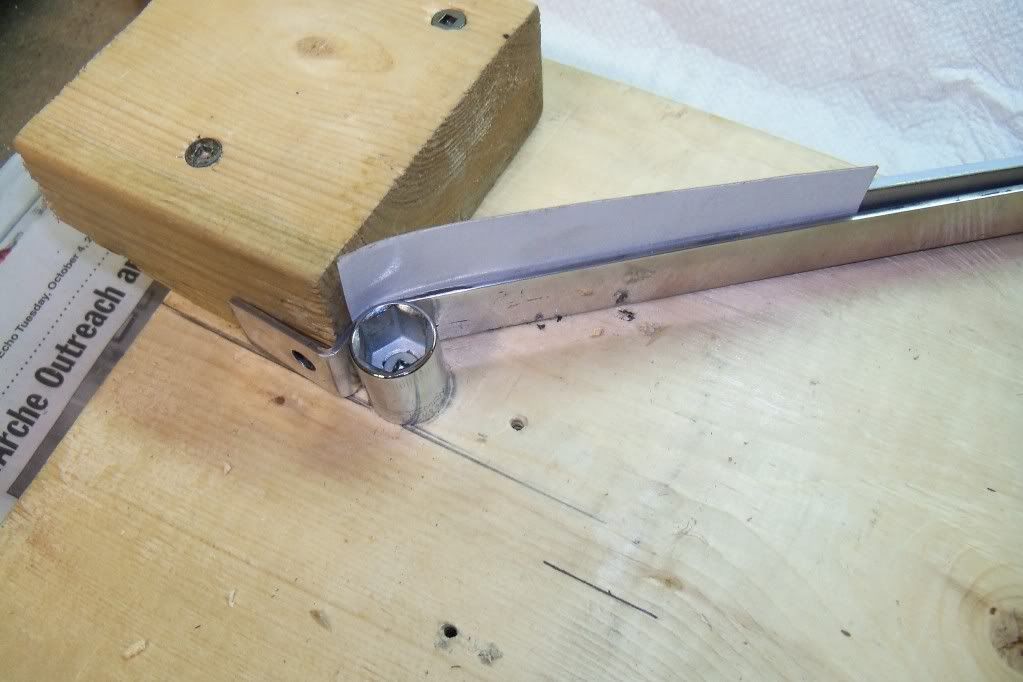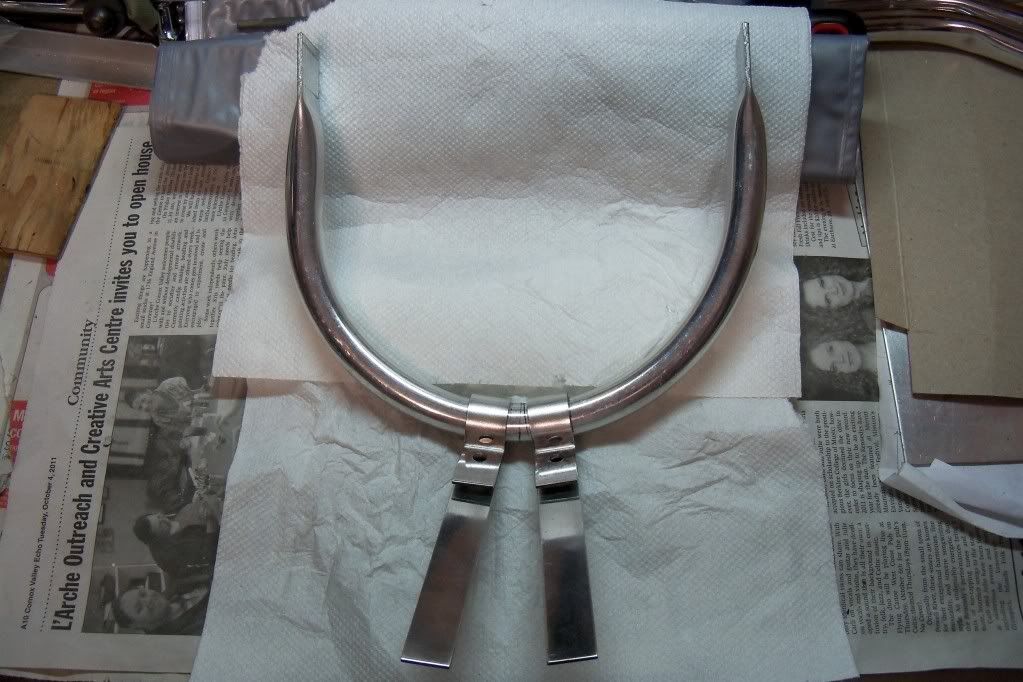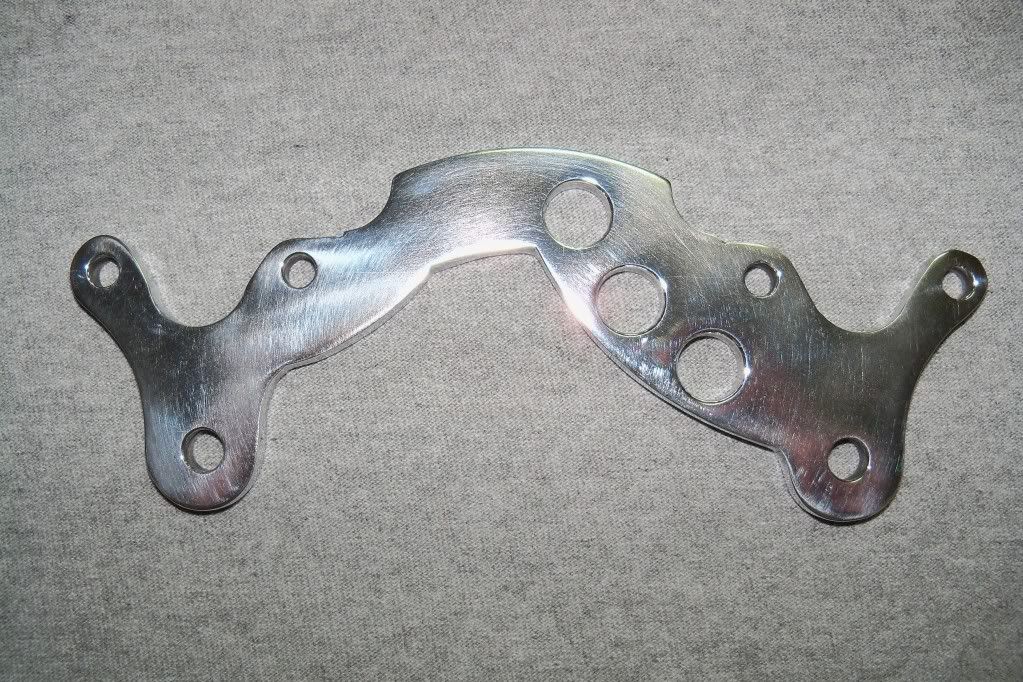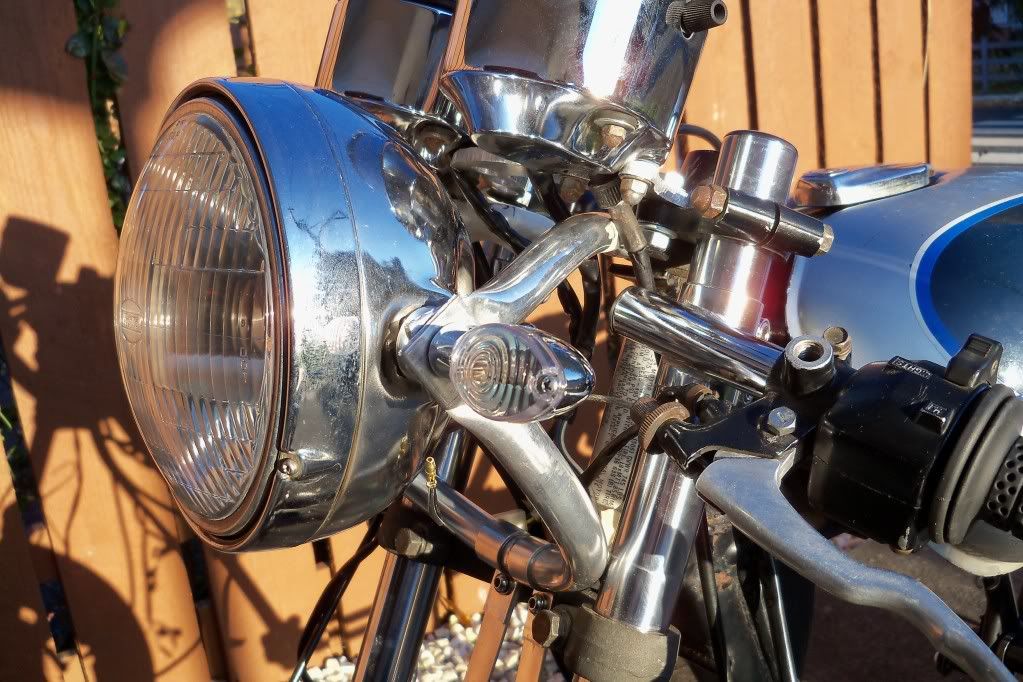XS-Time
XS400 Addict
Ok time to start a build thread here. I have been working on it for about a year and a half now, maybe longer (i don't like to think about how long it has taken). I will give you the condenced version to get you up to date but if you want all the details you can go here.
http://www.dotheton.com/forum/index.php?topic=14004.0
I bought the bike for $500.00 and it seemed like a good deal at he time. But as I got into it I realized that it was only worth $500. Here it is when I picked it up.
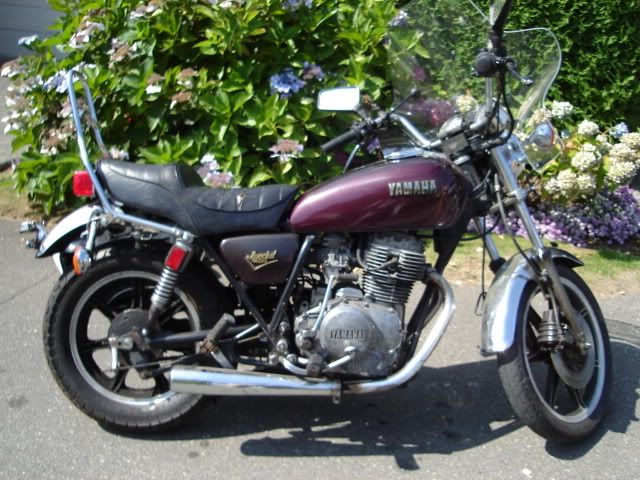
After I paid for it the guy gave me a new bike cover, a couple of helmets and a service manual. Here is all the stuff after I got it home.
Yes he even gave me the wood for ramps and the saddle bags.

http://www.dotheton.com/forum/index.php?topic=14004.0
I bought the bike for $500.00 and it seemed like a good deal at he time. But as I got into it I realized that it was only worth $500. Here it is when I picked it up.

After I paid for it the guy gave me a new bike cover, a couple of helmets and a service manual. Here is all the stuff after I got it home.
Yes he even gave me the wood for ramps and the saddle bags.



